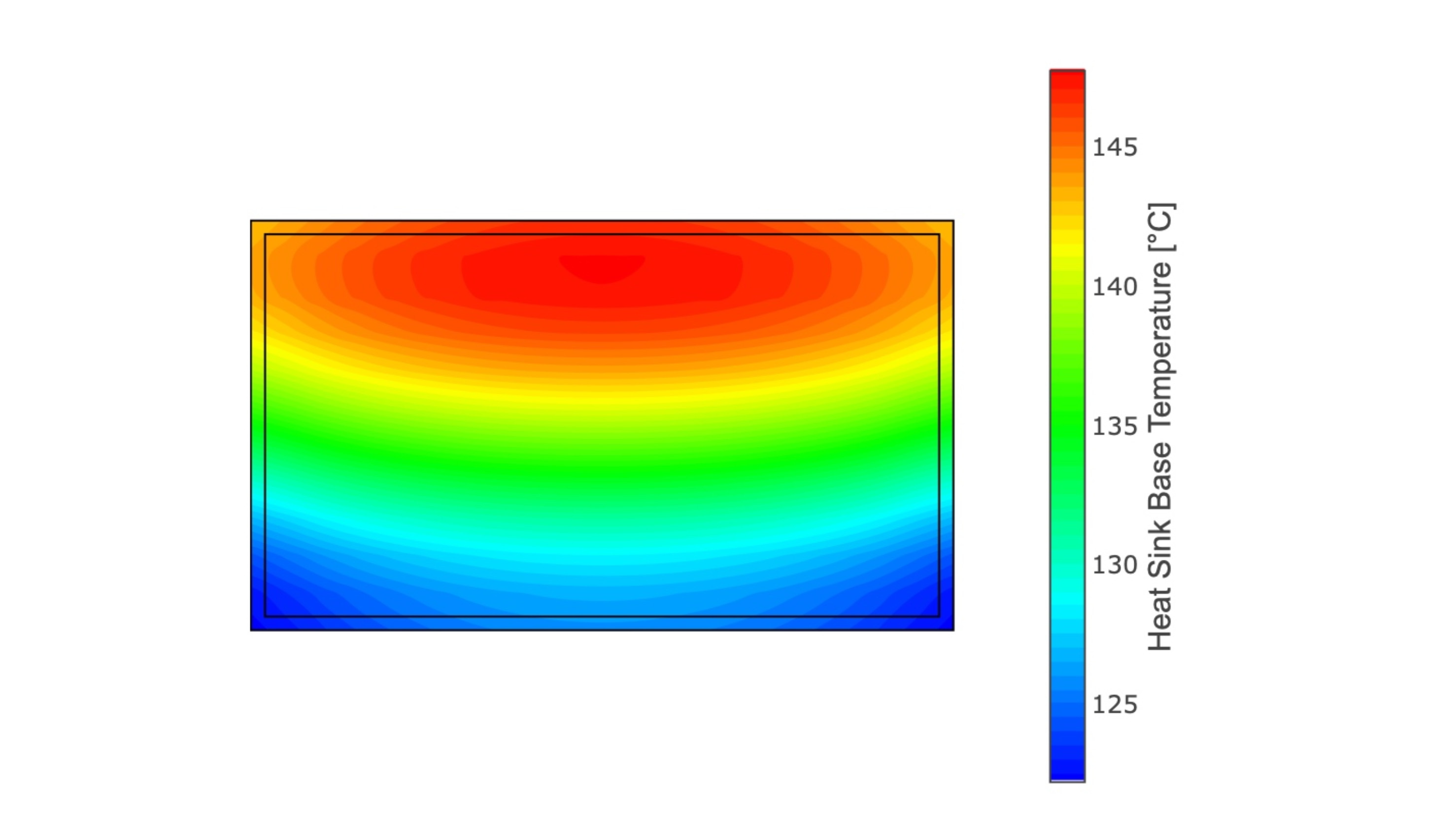Prerequisites
In a former blogpost I described, how to rotate screen and touchscreen in Raspberry Pi OS - formerly known as Raspian.
At that time Raspberry Pi OS uses X11 as display engine - but now, Raspberry Pi OS uses Wayland and the Wayland compositor labwc as standard for the display engine, if you install a fresh system.
Since some things has changed.
For my new settings I use the Raspberry Pi Imager software, to flash Raspberry Pi OS (64-bit) for Raspberry Pi 4 to a SD card.
Settings screen rotation
To rotate the screen (desktop) is easy. You only have to add an file named autostart.
nano ~/.config/labwc/autostartPaste this code
wlr-randr --output HDMI-A-1 --transform 180save and that's it.
If you use HDMI 2 change HDMI-A-1 to HDMI-A-2.
Possible rotation values are 0, 90, 180 and 270.
Settings touchscreen rotation
For rotating the touchscreen you have to map the output to the used HDMI and edit a second file:
nano ~/.config/labwc/rc.xmlBefore editing this file, you need to know the device name of your touchscreen controller.
You get the right device name of your touchscreen controller with this terminal command:
libinput list-devicesIn my case the output of this command contains this:
Device: TouchNetix AXPB011
Kernel: /dev/input/event7
Group: 3
Seat: seat0, default
Capabilities: touch
Tap-to-click: n/a
Tap-and-drag: n/a
Tap drag lock: n/a
Left-handed: n/a
Nat.scrolling: n/a
Middle emulation: n/a
Calibration: identity matrix
Scroll methods: none
Click methods: none
Disable-w-typing: n/a
Disable-w-trackpointing: n/a
Accel profiles: n/a
Rotation: n/aThe device name is "TouchNetix AXPB011".
Paste this code with your adjusted device name into the file:
<?xml version="1.0"?>
<openbox_config xmlns="http://openbox.org/3.4/rc">
<touch deviceName="TouchNetix AXPB011" mapToOutput="HDMI-A-1" mouseEmulation="yes"/>
</openbox_config>Also change the HDMI to your needs.

